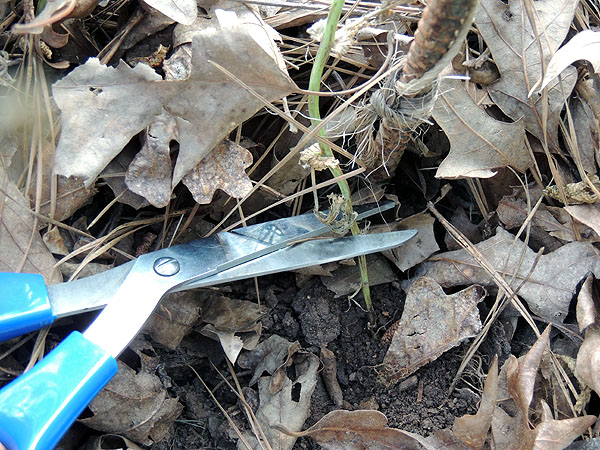Sorry I didn't get this up on the blog earlier, but here is an update of what we did and when and how much since the end of April...
 |
| June 2014 |
Saturday, April 26th -- Planted 4 rows of peas, a row of broccoli, 1/2 row kale, 4 rows of carrots, 2 rows of cabbage, a row of marigolds, and two rows of zinnias; Wheatley garden
Saturday, May 10th -- Planted 7 rows of potatoes (yukon gold, reds and russets), planted 1500 onions (spanish yellow, white, reds, and walla wallas); Pack garden
Tuesday, May 13th -- Planted beets, a row of beans, zinnias; Pack garden

Saturday, May 17th -- Planted 240 tomatoes; Pack garden. Planted first row of sweet corn; Scott garden. Extra shift on the 17th -- Planted swiss chard, beets, lettuce, radishes, and spinach; Wheatley garden.
Tuesday, May 20th -- Planted peppers and second row of green beans; Pack garden
Saturday, May 24th -- Planted watermelon, cantaloupe, honey dew, eggplant; Pack garden. Planted popcorn at Pace garden.
Tuesday, May 27th -- Planted 7 more rows of sweet corn; Scott garden. Planted more tomatoes given to us by Provo High School.
Saturday, May 31st -- Planted the third row of beans; Pack garden. Planted squash and cucumber hills and more watermelons; Scott garden. Planted more onions and peppers; Pack garden.

Tuesday, June 3rd -- Planted 7 more rows of sweet corn and weeded at Pack garden.
Saturday, June 7th -- Planted 4th and final row of beans and replanted beets; Pack garden. Weeded at Scott garden.
Tuesday, June 10th -- Planted 7 more rows of sweet corn, replanted zucchini plants and weeded at Pace's popcorn field.
 |
| Cherries! |
 |
| Brother Mathews and daughter, Madeline, going home after an early morning garden assignment |



















 Saturday, May 17th -- Planted 240 tomatoes; Pack garden. Planted first row of sweet corn; Scott garden. Extra shift on the 17th -- Planted swiss chard, beets, lettuce, radishes, and spinach; Wheatley garden.
Saturday, May 17th -- Planted 240 tomatoes; Pack garden. Planted first row of sweet corn; Scott garden. Extra shift on the 17th -- Planted swiss chard, beets, lettuce, radishes, and spinach; Wheatley garden. Tuesday, June 3rd -- Planted 7 more rows of sweet corn and weeded at Pack garden.
Tuesday, June 3rd -- Planted 7 more rows of sweet corn and weeded at Pack garden.

 Instead of yanking the plant out of the soil (like we do with so many other plants) make sure to cut the stem at ground level…
Instead of yanking the plant out of the soil (like we do with so many other plants) make sure to cut the stem at ground level… Toss the upper part in the compost pile and leave the root system in the soil. The nitrogen will release into the soil and will become available for whatever you are going to plant there next.
Toss the upper part in the compost pile and leave the root system in the soil. The nitrogen will release into the soil and will become available for whatever you are going to plant there next.